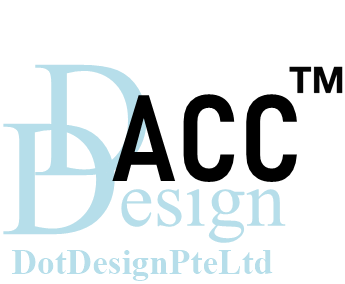|
the balance sheet equation, is a fundamental principle in accounting and represents the relationship between a company's assets, liabilities, and equity. The equation is stated as:
Assets = Liabilities + Equity
The balance sheet provides a snapshot of a company's financial position at a specific point in time, showing what it owns (assets), what it owes (liabilities), and the residual interest of the owners (equity).
Assets: These are the economic resources owned or controlled by a business that have measurable value. Examples include cash, inventory, property, and equipment.
Liabilities: These represent the obligations and debts a business owes to external parties. Liabilities include loans, accounts payable, and other debts.
Equity: Also known as net assets or shareholders' equity, this represents the residual interest in the assets of the entity after deducting liabilities. It is the ownership interest of the shareholders in a company and includes items such as common stock, retained earnings, and additional paid-in capital.
The balance sheet provides a snapshot of a company's financial position at a specific point in time, showing what it owns (assets), what it owes (liabilities), and the residual interest of the owners (equity).
|

